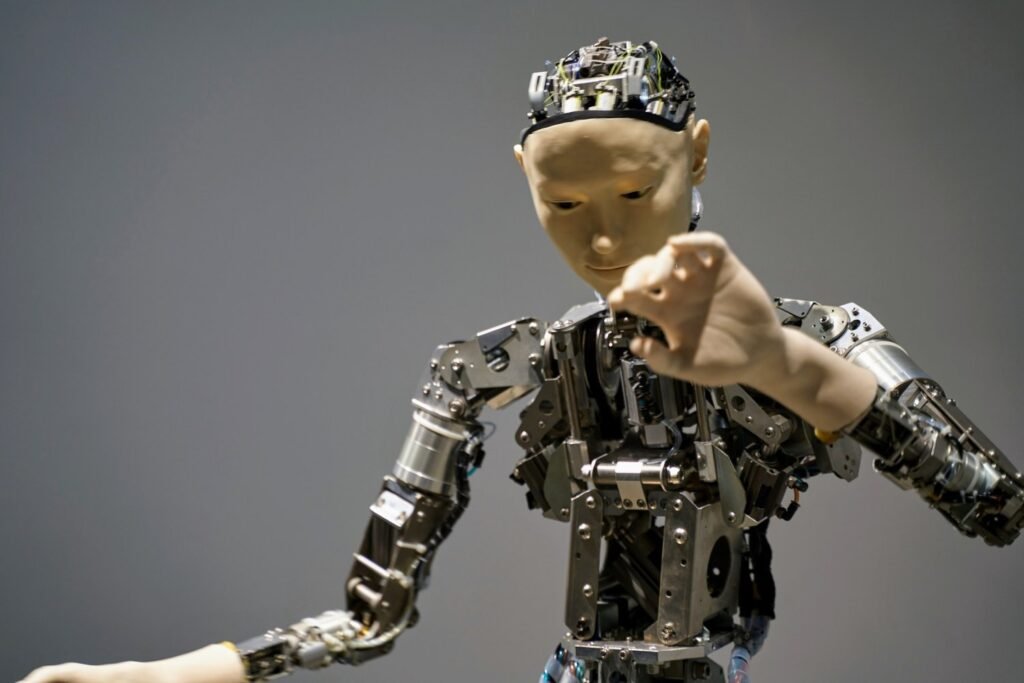China is investing in humanoid robots for factory use to revolutionize the industry.

The industrial automation in China has advanced significantly with the introduction of humanoid robots in factories and warehouses. These robots are designed to replicate human movements accurately, revolutionizing the way operations are conducted in the industrial sector.
Humanoid Robots in Action: The Case of MagicLab
In MagicLab’s warehouse, activities such as material handling, part selection, component scanning, and product inspection are carried out by these robots. What sets them apart is their ability to collaborate as a team, coordinating their movements within the same process.
Wu Changzheng, the director of Magic Atom Company, highlights the adaptability of these robots to complex environments, unlike traditional robots limited to specific tasks. This flexibility drives a transformation in factories, optimizing processes and enabling human workers to focus on more specialized roles.
The robots from MagicLab have 42 degrees of freedom, allowing them to execute a wide variety of movements with precision. Their key features include a payload capacity of up to 20 kilograms with their arms, operational autonomy for continuous work up to five hours, and integration of advanced technology such as 360° vision sensors and imitation learning encoding systems. These elements enable them to identify objects, map routes, and act efficiently in various scenarios.
The Impact on the Industry: Productivity and New Job Roles
The integration of humanoid robots in factories enables companies to optimize resources and processes by delegating monotonous and physical tasks to machines. This frees up human workers for activities requiring specialization, creativity, and decision-making.
Companies like MagicLab, Tesla with its Optimus model, and Figure with its Figure 02 are showcasing the operational reality of these robots. While the technology has progressed more in international markets, their integration in domestic factories could enhance industrial productivity.
The incorporation of humanoid robots in the industry is no longer a futuristic concept. These technological advancements are reshaping the role of humans in factories, enhancing processes, improving efficiency, and establishing automation as the next significant phase in the industrial revolution.
China Leading the Way in Robotics Integration
By demonstrating the successful integration of humanoid robots into complex operations, China is at the forefront of transforming industrial work models and paving the way for a new era in the industry.




